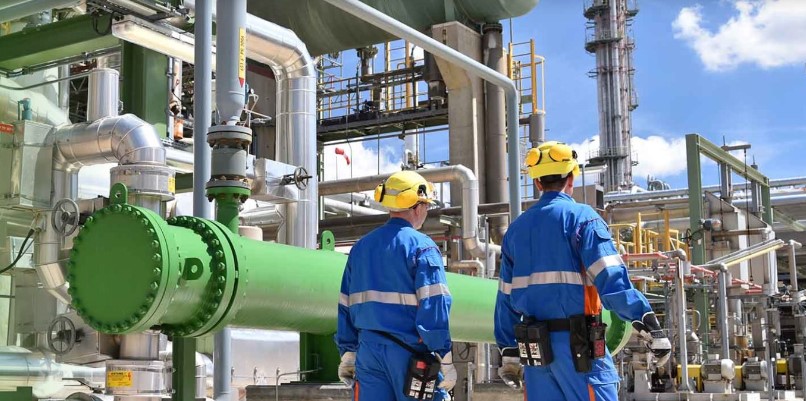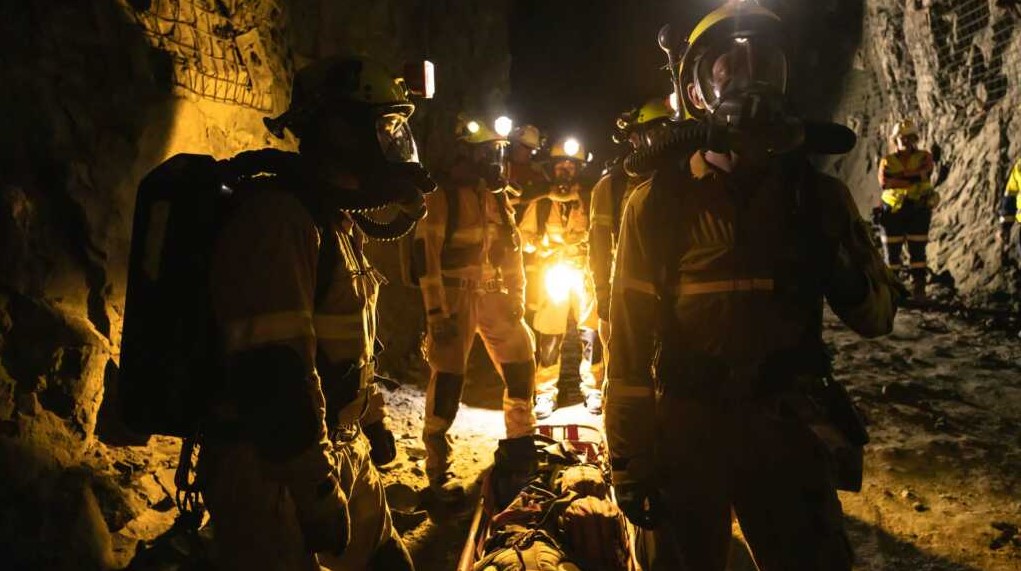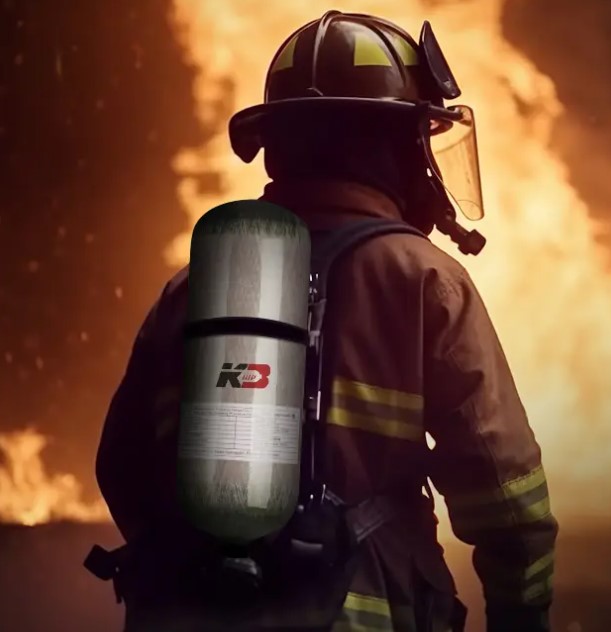Introduction
In industrial environments such as chemical plants, manufacturing facilities, and laboratories, the risk of exposure to harmful gases or oxygen-deficient conditions is a constant safety concern. To reduce danger in such cases, emergency escape breathing devices and clean air supply systems are used. These devices are designed to give workers enough breathable air to safely leave the hazardous area. In recent years, carbon fiber composite tanks have increasingly become the preferred choice in these applications due to their lightweight, durability, and high-pressure capabilities.
This article explains how carbon fiber tanks are used in escape breathing devices and hazardous gas handling, compares them with traditional steel tanks, and outlines important guidelines for their use and maintenance.
The Role of Emergency Escape Breathing Devices
Escape breathing devices are compact air supply systems used when workers need to exit a hazardous environment quickly. These devices typically include:
- A small high-pressure air tank
- A regulator and face mask or hood
- A valve or control system for air flow
They are widely used in refineries, chemical factories, underground mining operations, and confined spaces like storage tanks or utility tunnels. The goal is to provide clean air for a short duration (typically 5 to 15 minutes), just enough to safely reach an exit or fresh air source.
Hazards That Require Clean Air Supply
The need for reliable breathing systems arises in several high-risk situations:
- Toxic Gas Leaks – Exposure to gases like ammonia, chlorine, hydrogen sulfide, or sulfur dioxide can be fatal without protection.
- Oxygen-Deficient Atmospheres – Some confined spaces may have low oxygen levels due to chemical reactions or poor ventilation.
- Fire and Smoke – Fires can quickly reduce air quality, making escape impossible without clean air.
In all these cases, escape breathing systems supported by high-pressure tanks become critical.
Why Carbon Fiber Composite Tanks Are a Better Fit
Carbon fiber tanks are made by wrapping layers of carbon fiber material around a liner, often made from aluminum or plastic. They are lighter than steel, can store gas at higher pressures, and resist corrosion. These features make them especially useful in emergency and hazardous environments.
1. Lightweight and Compact
Steel tanks are heavy and bulky, which can slow down movement during emergencies. Carbon fiber composite tanks are up to 60-70% lighter, allowing faster and easier escape. Workers can wear these systems more comfortably, and they can be mounted on walls, inside vehicles, or integrated into compact hoods without adding much weight.
2. Higher Storage Pressure
Carbon fiber tanks can safely store air at pressures up to 3000 or even 4500 psi. This means more breathable air in a smaller container, increasing escape time or allowing smaller devices to provide the same amount of air.
3. Corrosion and Damage Resistance
Chemical environments often involve moisture and corrosive vapors. Steel tanks are prone to rust, especially if protective coatings fail. Carbon fiber materials resist corrosion and are less likely to suffer external damage. This makes them more reliable and longer-lasting in rough environments.
4. Faster Deployment
Due to their compact and lightweight design, escape devices with carbon fiber tanks can be placed near high-risk areas for quick access. Workers can grab and activate them without delay, which is essential in time-critical situations.
Use in Hazardous Gas Handling
In addition to escape devices, carbon fiber tanks are used in clean air supply systems for tasks involving direct exposure to hazardous gases. For example:
- Routine Maintenance in Toxic Zones – Workers enter gas-prone areas with breathing systems powered by carbon fiber tanks.
- Emergency Rescue Teams – Trained staff can wear portable breathing gear to assist injured personnel.
- Mobile Clean Air Units – Used in temporary or mobile shelters during industrial incidents.
The high-pressure capacity and portability of carbon fiber tanks make them practical for these roles.
Safety and Maintenance Guidelines
Even with their advantages, carbon fiber tanks must be stored and maintained properly to ensure performance and safety. Here are key points to follow:
1. Regular Inspection
Check for external damage, cracks, or signs of impact. Tanks should be visually inspected every time before use.
2. Hydrostatic Testing
Periodic pressure testing is required, often every 3 to 5 years depending on regulations. This ensures the tank can still safely hold high-pressure air.
3. Proper Storage
Store tanks away from direct sunlight, chemicals, and sharp objects. Keep them in clean, dry conditions with stable temperature.
4. Valve and Regulator Care
Always check that the valve and pressure regulator function smoothly. Dust caps should be used to prevent contamination.
5. Staff Training
Personnel must be trained to operate, inspect, and use these systems quickly in emergencies. Practice drills improve readiness.
Growing Adoption and Future Outlook
Carbon fiber tanks are now being adopted in more industries due to their convenience and safety profile. Apart from chemical and manufacturing plants, other adopters include power generation, shipbuilding, underground construction, and public transportation systems.
In the future, we may see further improvements in tank weight reduction, digital pressure monitoring, and smart alert systems integrated into escape hoods or rescue packs. Carbon fiber composites are likely to remain a central part of breathing safety systems.
Conclusion
Carbon fiber composite tanks play a vital role in emergency breathing devices and hazardous gas handling systems. Their lightweight build, high-pressure capacity, and corrosion resistance make them a better fit than traditional steel tanks, especially when every second counts. With the right use and care, these tanks can significantly improve safety for workers in high-risk environments. Their growing use across industries is a positive sign of progress in protecting human health during emergencies.
Post time: Apr-21-2025




